Happy anniversary, dear martech readers. Ten years ago, I started chiefmartec.com, with my first post in February 2008 announcing “a blog for marketing technologists.”
It was shortly followed by a riff on martec being analogous to marcom, which is why my brand is chiefmartec.com — without the “h” at the end — instead of chiefmartech.com. In retrospect, that probably wasn’t one of my better ideas. “Martec” never caught on; “martech” did.
But looking back over 10 years, I’m surprised and gratified by how well some of the other ideas that emerged on this blog have fared. So in celebration of our first decade together, I thought I’d revisit the top 10 ideas from the first 10 years of chiefmartec.com.
1. Marketing technologists.
IN SHORT: Marketing technologists are hybrid professionals who blend marketing and technical skills. They bridge the worlds of marketing and IT. They work in, or closely with, marketing teams to leverage technology to improve marketing performance and deliver remarkable customer experiences.
One of my first blog posts was: who is a chief marketing technologist? Over a couple of years, the idea was refined, and my first presentation at a conference on it was Rise of the Marketing Technologist in April 2010. (That presentation was also where the proto marketing technology landscape first appeared.)
I had a little nerdy fun along the way with, “You might be a marketing technologist if…” and a more serious debate about “shadow marketing” being worse than “shadow IT”.
By 2013, the term was increasingly popular. I started keynoting events with presentations such as The Marketing Technologist: Neo of the Marketing Matrix.
The next year, Harvard Business Review (!!) invited me to write a feature article for their July-August 2014 issue, The Rise of the Chief Marketing Technologist, which I co-authored with Laura McLellan of Gartner.
(Laura was the first mainstream analyst to champion marketing technologists. She also made the famous prediction in 2012 that marketing would outspend IT in technology by 2017.)
Today, there are currently 4,122 jobs posted for marketing technologists on LinkedIn. 1,918 on Indeed. 577 on Glassdoor. Auto-complete for “marketing technologist” on Google leads you to thousands and thousands of articles.
Marketing technologists are a real and growing profession. We documented their work in our martech and modern marketing organizations study last year, and we just completed a marketing technology and operations salary survey (results will be published early next month).
Championing this profession from its inception to its modern-day maturity has been the most rewarding part of my work for these 10 years. I am awe-struck by all the amazing and talented individuals who have taken these roles on their career path.
2. Marketing technology landscape.
IN SHORT: Since 2011, I’ve produced an almost yearly slide that attempts to map the global marketing technology landscape: every vendor I can find who sells software to marketers. There are now more than 5,000.
This is the most loved and hated content I’ve ever created. The first version, with only around 150 vendors, inspired by Terry Kawaja’s original adtech LUMAscape, was merely intended as empirical support for why marketing teams should hire marketing technologists.
But as it experienced near exponential growth, year over year, this graphic took on a life of its own. It’s been downloaded millions of times and featured in thousands of presentations and articles. Andy Raskin recently declared it Tech’s 2017 Slide of the Year.
For over 7 years, I’ve been debating this growth with people who claimed it wasn’t possible:
- 2012: Is marketing technology consolidating or diversifying? (Both.)
- 2014: What if 1,000+ marketing technology vendors was the new normal? (It is.)
- 2015: What are the system dynamics of 2,000+ marketing technology vendors? (Complex.)
- 2017: If marketing technology never consolidated, could that be a good thing? (Yes.)
A couple of the more colorful ones I remember: arguing why marketing software will never be like ERP (it won’t) and rebutting AdAge’s claim that martech is boring (seriously?).
And in case you’re wondering, we’re working on the 2018 edition of the landscape now. (That’s not the editorial we. As the scale of this project has grown, Anand Thaker generously teamed up with me to co-produce it.) I don’t want to give away any spoilers, but I wouldn’t bet on a dramatic reversal of the trend line just yet.
3. Marketing tech stacks & The Stackies.
IN SHORT: Marketers take advantage of all this martech innovation to create powerful, best-of-breed marketing tech stacks. Since 2015, The Stackies has been an annual awards program to learn and celebrate how these stacks are conceived and managed.
In October 2014, I led a session with marketing technology executives from nine Fortune 500 companies, and I was surprised by how large — and growing! — their marketing technology stacks were. The next spring, moderating a panel at a marketing innovation conference, I was startled by how fiercely passionate marketers were becoming about their stacks.
So the following month, I started a “contest” — The Stackies — inviting marketers to send in a single slide that illustrates how they conceive of their marketing tech stack. I was thrilled with the 21 marketing stack slides we received and published them freely to the community.
In 2016, 41 marketing tech stacks were submitted. In 2017, a whopping 57 marketing stacks were shared — including ones from major companies such as Microsoft and Cisco:
We also did an interesting variant of the contest last fall focusing on companies’ “org stacks”, including this great org stack from Dun & Bradstreet.
Each year, as an added incentive to encourage people to participate, we donated money to charities such as Girls Who Code on behalf of the entrants. In conjunction with the MarTech conference, we’ve donated $19,767 through this program to date.
The Stackies 2018: Marketing Tech Stack Awards program is currently open for entries through April 6, 2018. For each entry, we’ll donate $100 to Girls in Tech, up to $10,000. Maybe you will consider participating? We’d love to learn how you think about your marketing stack.
4. Martec’s Law.
IN SHORT: Most of the challenges in marketing today — and business in general — are the result of a simple but devastating truth: technology changes exponentially; organizations change logarithmically.
Since the first year of this blog, I’ve been fascinated by the effects of exponentials in marketing. But in 2013, I realized that it was the juxtaposition of fast-changing technology set against slow-changing organizations that presented a kind of a universal dilemma which was underlying the difficulties marketers faced with rapidly evolving marketing technology.
(I coined it “Martec’s Law” in reference to that struggle in the context of the martech community — not to name it after my blog. Accidental faux pax.)
I do believe that Martec’s Law is the greatest management challenge of the 21st century. While there aren’t any silver bullets to resolve this dilemma, I have seen three strategies to manage the gap — at least, hopefully, better than your competitors:
- Choose strategically which changes you embrace — you can’t do it all.
- Seek strategic inflection points to reset your organizational baseline.
- Become a more agile organization to accelerate your adaptation to change.
That third one is the perfect segue to…
5. Agile marketing.
IN SHORT: Agile management practices, organized around fast, iterative, feedback cycles — which originated in the field of software development — have been successfully adapted by marketers as agile marketing.
One of the advantages of being perched at the intersection of marketing and technology has been seeing the cross-pollination of ideas between these two disciplines. The most exciting to me has been the migration of agile software development to agile marketing, because it truly makes marketers more effective with technology.
I wasn’t the first person to suggest agile marketing, but I became one of its earliest champions, starting in March 2010 with a proposal for an agile marketing manifesto. Over the next several years, I wrote numerous articles and delivered dozens of presentations on the topic, such as:
- 2010: Champions of agile marketing
- 2012: Everything is marketing, everyone must be agile
- 2012: 10 key principles of agile marketing
- 2013: Agile marketing for a world of constant change
- 2013: “Brand debt” and a gap in the agile marketing manifesto
- 2013: Debunking 3 myths of agile marketing
- 2014: Agile marketing? That would never work here
In 2015, Wiley approached me about writing a book on agile marketing, which I was delighted to do. But I wanted to frame it in the context of a larger theme…
6. Hacking marketing (marketing = software).
IN SHORT: Modern marketing has more in common with the software profession than it does with classic marketing management. As surprising as that sounds, it’s the natural result of the world going digital. When you understand that, you can use it to your advantage.
In 2010, I had an epiphany. Marketers: you are the software you use. It was hyperbole, but with an underlying truth — everything digital is controlled by software.
“That may seem obvious, but the implications of this are huge. In a digital age, it’s through software that marketing sees and touches the world. Software is marketing’s interface to reality. Our choice of software changes what we can see. Our choice of software changes what we can do.”
Traditionally, most people looked at IT as an efficiency play. While that is an important benefit, the real power of technology in marketing is creative: using — and even authoring — software to deliver remarkable customer experiences.
We see this in the striking parallels between marketing automation and software engineering. And it’s why marketers should learn how to program. (I got a lot of blowback for claiming that most marketing automation is really experience design, but it’s true.)
These parallels inspired my first “short story” ebook in 2014, A NEW BRAND OF MARKETING: The 7 Meta-Trends of Modern Marketing as a Technology-Powered Discipline, which is free to download.
But I was able to delve into my thesis that “in a digital world, marketing is software” much more deeply with the book Wiley published, Hacking Marketing: Rethinking Marketing Management in a Software World, in 2016.
About half of the book is dedicated to agile marketing. But it also covers a range of other software-inspired ideas for better marketing, such as running innovation pipelines, platform thinking, pace layering, unlocking the talent of 10X marketers, and applying the hacker ethos to marketing management.
7. Marketing apps & interactive content.
IN SHORT: Software has empowered marketers to create interactive content at speed and scale, delivering greater utility to prospects and customers and achieving greater engagement and data insights to drive marketing performance.
The year before starting this blog, ion interactive, the company I co-founded and served as CTO, launched a business for post-click marketing software. You could say it was simply a fancy approach to landing pages and microsites.
But there was something more there: a new kind of creative capability for marketing. Where marketing previously lived at the intersection of messages and media, it now had a powerful third dimension in its repertoire — mechanisms.
In 2014, we reframed ion’s product as a SaaS platform for marketing apps (which would soon become known as “interactive content”). We made it easier for marketers to produce engaging quizzes, assessments, calculators, solution finders, and more bespoke interactive content. I argued that this was The 4th Wave of Content Marketing.
Interactive content began to spread quickly, from Twitter polls as interactive micro-content to front-page interactive content on The New York Times. And I had fun with a Star Wars-themed article on the subject, Interactive Content Can Save Content Marketing From The Dark Side.
A subsequent innovation we pioneered for a sell-side view of interactive content opened the door to a qualitatively new approach to sales and marketing alignment through digital dialogues.
Ultimately, the growth of interactive content and our lead in the field resulted in ScribbleLive acquiring ion interactive in September 2017. After which, I joined HubSpot as VP platform ecosystem. It was a busy year.
8. Vertical competition in digital channels.
IN SHORT: Vertical competition happens between firms within a channel, vying for influence, control, and share-of-the-pie. This is currently playing out in digital channels, where martech and adtech providers, Internet services like Facebook and Google, and client devices, apps, and connectivity are competing intensely with each other.
A marketing professor of mine at MIT Sloan, Duncan Simester, taught me about vertical competition in traditional channels. It was one of the best concepts I learned, and it let me recognize that software was the new channel middleman in marketing.
Last year, I was fascinated with my trip for 72 hours in Shanghai in a parallel martech universe, witnessing the effects of vertical competition at a massive scale. A few months later, I learned that Amazon and Google now lead two key martech categories, as vertical competition heats up in the Western world.
I believe that vertical competition is one of the five major disruptions to marketing today. And I recently published an update on the disruptive effects of vertical competition on marketing. Its conclusion: this is rewriting the rules of digital strategy.
9. Data as a marketing channel.
IN SHORT: Data as a marketing channel is when marketing publishes data — initially through the semantic web, but today through APIs — as a way to increase visibility, grow relationships, create new revenue, and build a brand.
When I started this blog, the “semantic web” was a thing: publishing and linking data as a machine-consumable layer below the human-consumable web. It stirred my curiosity: what would marketing look like in the semantic web? How would branding work?
Over time, the semantic web movement faded, but I continued to explore data web marketing and how it could help shape a new generation of the web. I catalogued the range of business models for data on the web. And I advocated for the potential of data as a new marketing channel.
Now, eight years later, the opportunities for marketing through data are finally coming to fruition through APIs & microservices (also see my 2018 update on the subject).
10. MarTech Conference & Martech Manifesto.
IN SHORT: The once separate disciplines of marketing, technology, and management have converged, and the most exciting innovations in business are happening at that intersection. The MarTech conference uniquely covers the best ideas in marketing technology management in a 3-day educational program held twice a year.
In 2014, in collaboration with Third Door Media, we launched the MarTech conference to bring together the community of marketing executives and marketing technologists who are shaping the future of the marketing profession. Hundreds of world-class speakers and thousands of forward-thinking attendees have participated.
We’ve framed our mission through The Grand View of Martech: A Martech Manifesto.
Marketing, technology, and management were silos of the past. Marketing technology management — martech — is the fabric of the future.
That grand view expresses our guiding vision for the MarTech conference. We seek to cross-pollinate the very best ideas and the latest innovations across marketing, technology, and management. More importantly, we strive to reveal the beautiful entanglements between them.
Here’s to another 10 years on the martech frontier
To celebrate our 10th anniversary, the MarTech conference is offering a one-time, special discount of 10% for the next 10 days on our upcoming event in San Jose, April 23-25. Use the code “chiefmartec10years” when registering for an all-access pass and/or workshops. But this code expires on March 1.
What will the next 10 years in martech bring? There’s only one prediction I’m certain of.
Thank you for reading. I hope to see you in April.


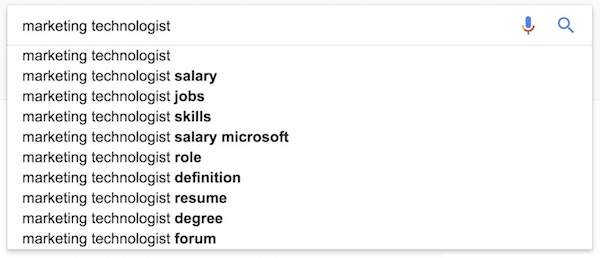
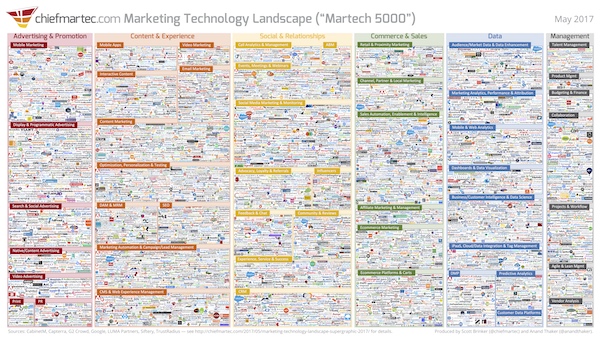

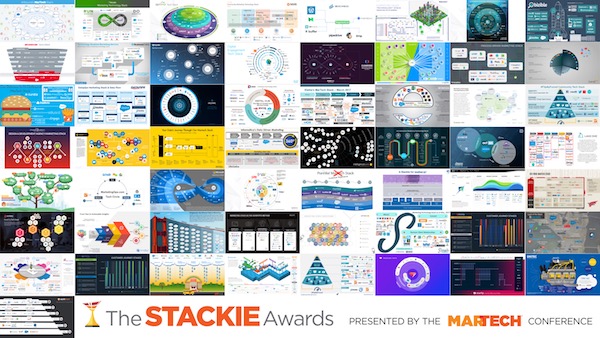

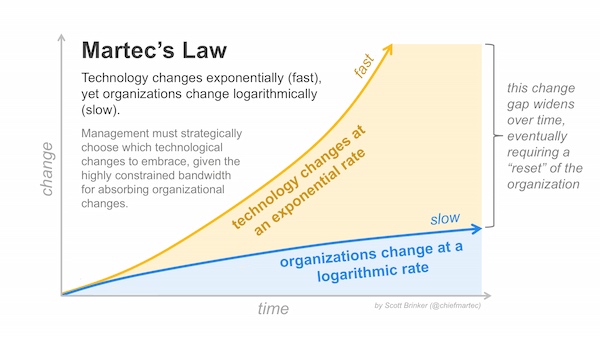
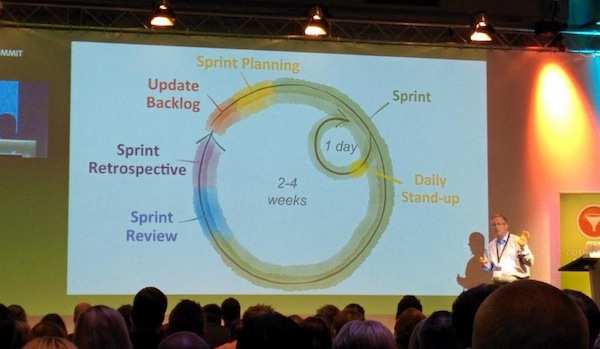
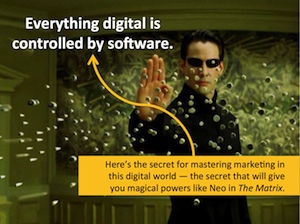
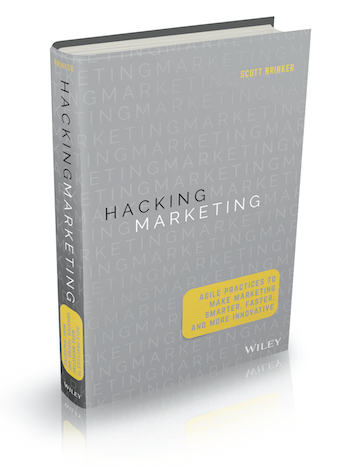
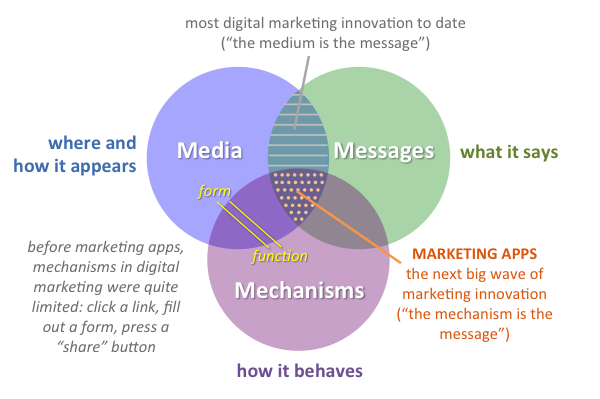
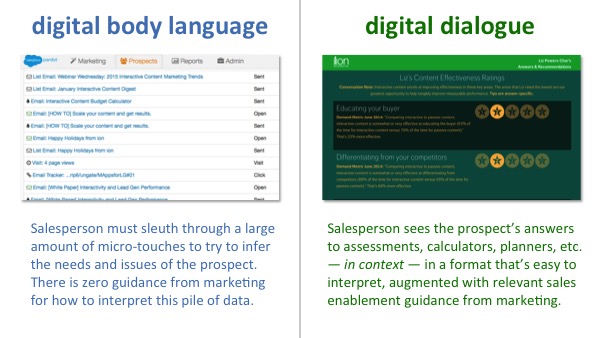
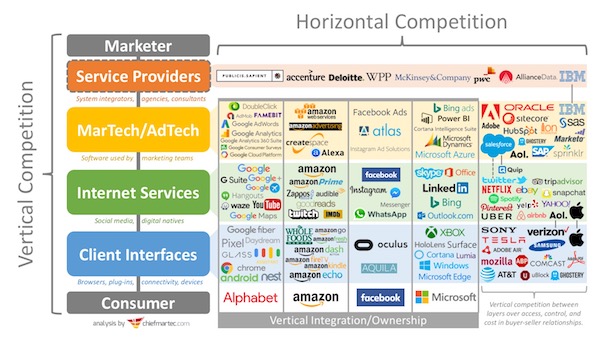
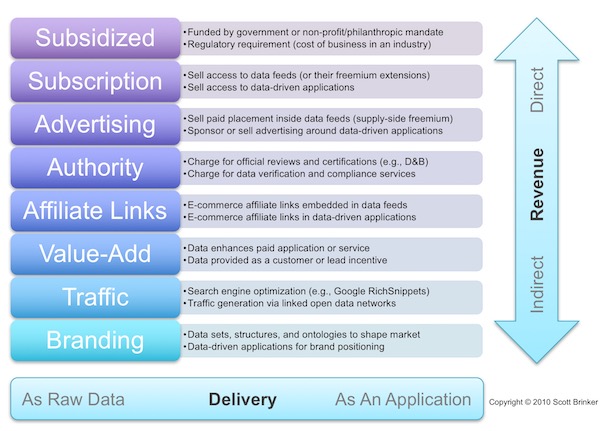
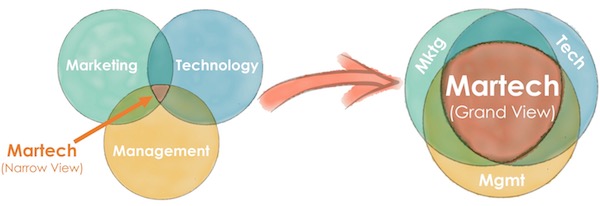
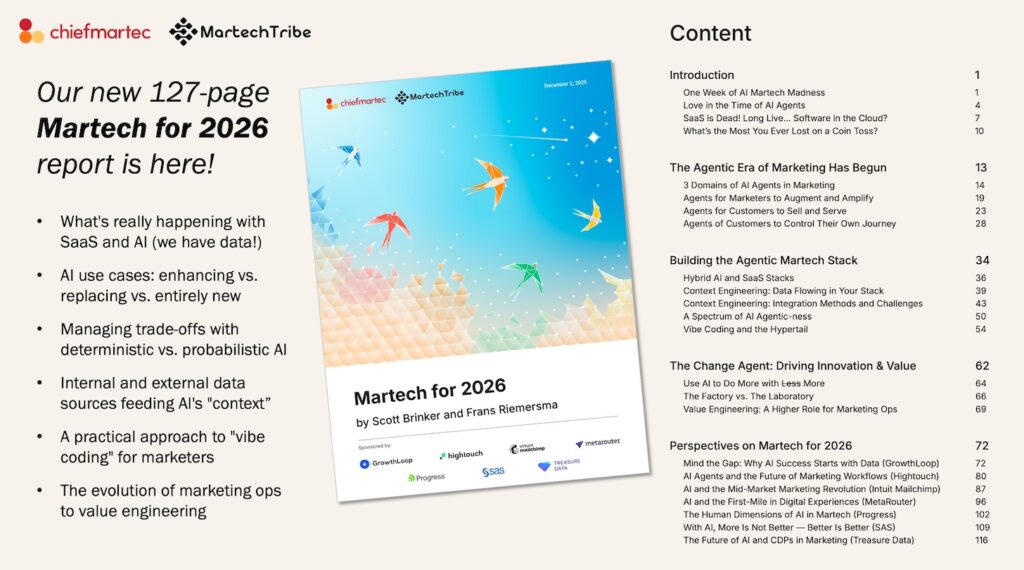


Congratulations on 10 years of great work, Scott. Looking forward to the next ten!
Thanks, David! You’re a tremendous inspiration to me. For both your martech (madtech!) insight and your wit. And honor to have gotten to know you.
Scott, You have made a huge contribution to the consideration and practice of marketing, and its place in the management/leadership hierarchy for which we should all be grateful.
I look forward to being stimulated by the next decade.
Thank you, Allen. I’m grateful to have been able to engage with so many other like-minded explorers in this space such as yourself.